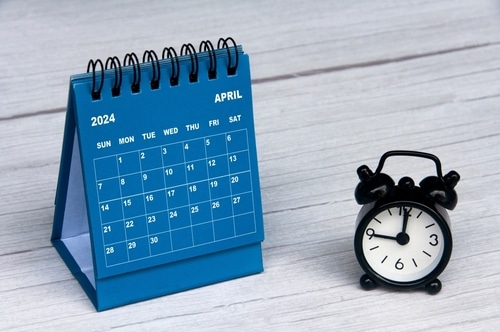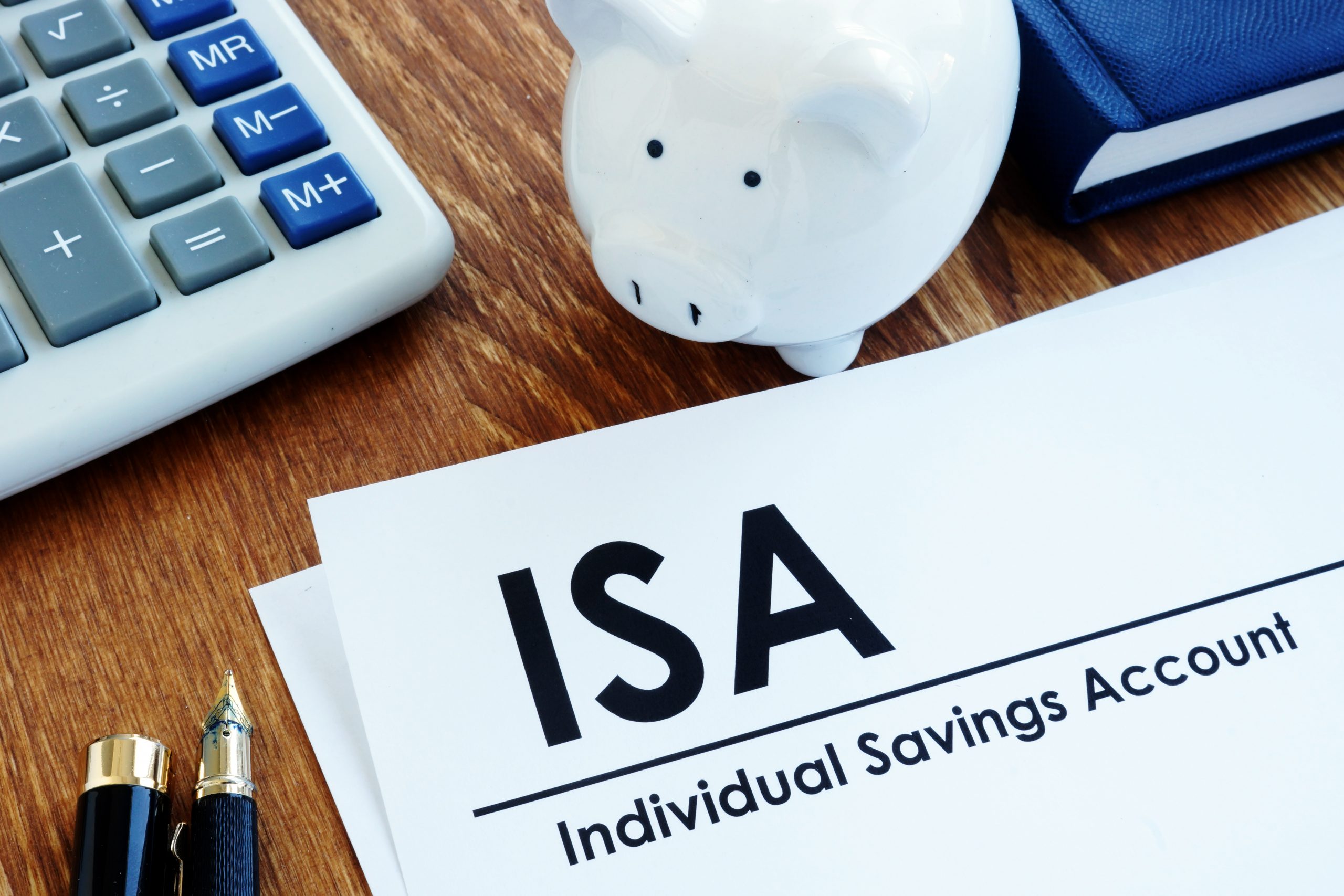It’s that time again: the end of the tax year. The 5th April is an important date for your personal finances for many reasons, but crucially it's the deadline to use or lose the various tax wrapper allowances.
But this year, for various reasons, it is even more important than usual.
Rates are high, markets buoyant
You have an allowance of how much you can make in interest (personal savings allowance), dividends and capital gains before you pay any tax each year, which constitute the three main sources of returns on your savings. Importantly, these are going down next year, which we’ll touch on later.
The numbers for these are dependent on your financial situation but can be up to £1,000 for personal saving allowance, £6,000 for capital gains and £2,000 for dividend allowance.
Focusing on the personal savings allowance, when interest rates were below 1%, your cash and any other bonds would probably have been giving you something like 0.5% per year. So, you would have needed a portfolio of over £200,000 to yield enough interest to go over the allowance.
However, rates are now much higher, yielding over 5% and many bonds within investment portfolios are yielding even higher. Cash savings are also experiencing higher yields.
Therefore, with standard rates of return going from 0.5% to 5%, the amount that would generate a taxable yield goes from £200,000 to £20,000. Suddenly the prospect of paying tax on those savings becomes a lot more real for a lot more people.
So, while it’s great that we’re in an environment that’s good for people planning and saving for their future, the Chancellor will be licking his lips at the tax windfall coming.
Tax-free allowances are falling again in the 2024/25 tax year
Another crucial factor is that tax-free allowances are coming down again in the next tax year. The big one is the capital gains tax allowance. Previously, in the last tax year, you could make £12,300 of capital gains per year before you started paying any tax. However, in this tax year, this has been cut to £6,000, and after 6 April, this will become £3,000.
If you had a return of 10.3%, under the old allowance, you would have to have a pot of around £120,000 to start paying tax on that return. This year, that pot size has more than halved to roughly £58,252. Next year that will fall again to £29,126.
Again, these smaller allowances have meant that paying capital gains tax outside of an ISA, pension, or JISA wrapper becomes a very real prospect for a pot that is a quarter of the size previously.
The key point is that paying capital gains tax may not have been something that people would have been so conscious of, as the allowances have been pretty generous. However, that is no longer the case, and this is now a factor that is much more relevant for many more people. Additionally, if you were previously in a position where you were paying capital gains tax, you will have to pay a lot more now.
Ultimately, this highlights that it is even more crucial that you use all of the allowances that are available to you. Whether this is the £20,000 for the ISA, the £9,000 for the JISA or the (up to) £60,000 that you can put into a pension, this enables you to keep far more of your returns and allows you to be much more effective in reaching your goals.
The last key point about using the allowances is that for some people, at least, the pension allowance was actually increased in the last tax year. So, where previously the maximum that you could contribute to your pension was £40,000, this has been increased to £60,000, on the condition that your income matches or is above this level.
So, while this time of year is often referred to as ‘ISA season’, the pension is just as powerful a weapon to protect your future planning from tax, although there are other features to it.
Every year, it is important to make sure that you have used all of the tax wrappers available to you. Also, in most cases, if you don’t use the allowance before 5 April, you lose it, and you can’t go back and retrospectively shelter the money and its growth. Even if you feel like these thresholds don’t apply to you, they certainly may do so in future.
Ultimately, it’s wise to use these gifts that you have available; there are very few, if any, drawbacks and a lot of potential benefits.
Chris Rudden is head of investment consultants at Moneyfarm





